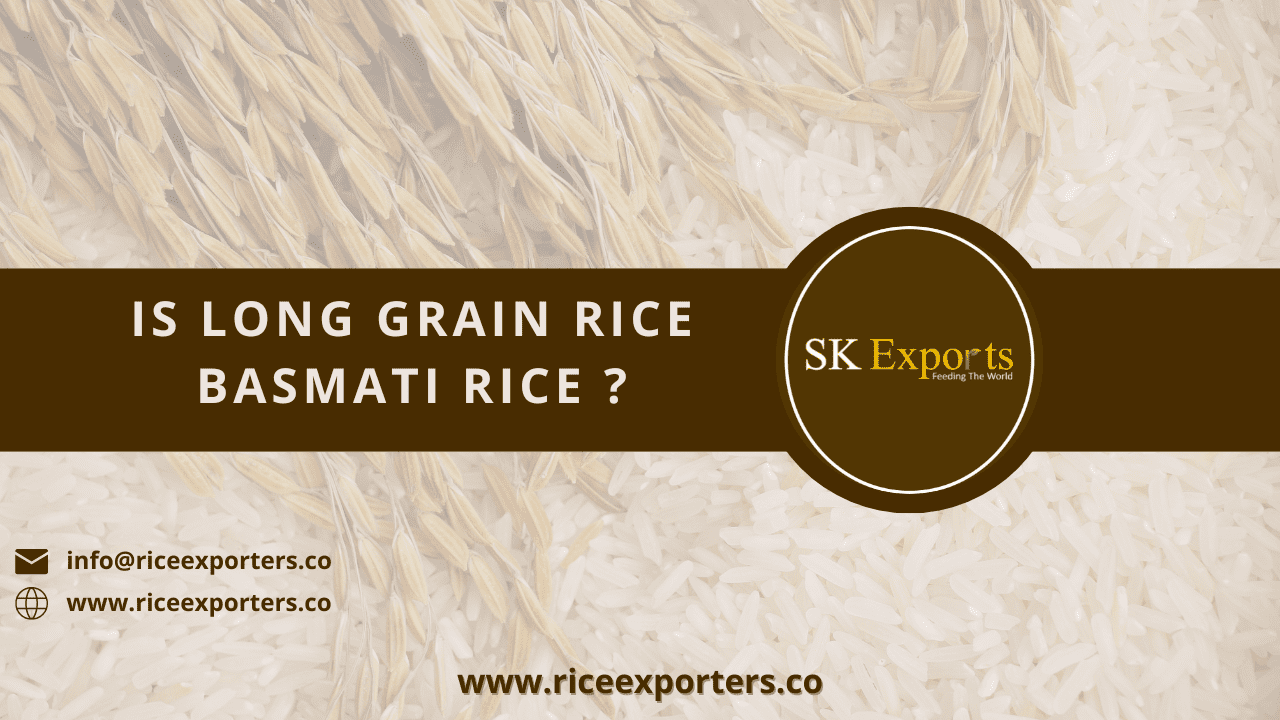Basmati rice is one of the most fragrant and aromatic kinds of rice. It is grown in the foothills of the Himalayas and has a nutty flavor. Basmati rice is mainly found in North India, Pakistan, Nepal, and other Indian states. Though it does not have much nutritional value, basmati rice is highly valued for its aroma and fragrance. It can be used to make various savoury dishes and also as an accompaniment to desserts. In this article we will explore the properties of basmati rice, varieties of basmati rice, how to cook it and some more interesting facts about this amazing kind of rice.
Basmati rice’s health benefits
Rice is one of the most versatile and healthy food products. It is rich in nutrients and proteins and can be consumed by people of all age groups. The health benefits of basmati rice are as follows: -It is low in calories and is rich in carbohydrates. This makes it suitable for those who are trying to lose weight. -It is rich in dietary fiber. This is essential for a healthy digestive system. — It is rich in minerals like potassium, iron, calcium, and vitamin B2. Potassium is an important nutrient that helps lower blood pressure. Iron is an important mineral that helps in keeping the body strong. Calcium is an important mineral that helps in the building of healthy bones. Vitamin B2 is an essential nutrient that helps in metabolism and also acts as a mood booster. — It is gluten-free, so people suffering from celiac disease can consume it. — It has a high protein content, which makes it perfect for muscle growth. -It has rich fatty acids, including Omega 3, 6, and 9. This makes it perfect for heart health. -It is rich in amino acids, making it ideal for fitness, sports, and body building. -It is rich in carotin and phenylalanine, which are important antioxidants and have anti-aging properties. -It is low in sodium, making it ideal for people suffering from high blood pressure. It contains an anti-depressant called phenylalanine. It is an antioxidant. Vitamin B2 is an anti-aging nutrient. Potassium is an important mineral. Vitamin B6 is an important mineral.
Knowledge about varieties of basmati rice
There are many varieties of basmati rice, but the most commonly available ones are as follows: Basmati: This is the most common variety of basmati rice and is grown in the foothills of the Himalayas. It has a nutty flavour and is highly aromatic. -Varalakshmi: This is also one of the most aromatic and flavorful varieties of basmati rice. It is grown in the coastal regions of North and South India. -Patra: This is the kind of rice consumed during the farming season in Rajasthan. It has a sweet taste and is rich in minerals.
Cooking methods for basmati rice
The cooking method for basmati rice depends on the type of rice. If it is grown in the foothills of the Himalayas, it should be soaked in water for half an hour or so and then cooked in a rice cooker or on a stove. If it is grown in the coastal regions or a normal kind of rice, then it can be cooked with normal water or with the steaming method. Rinse the rice well under running water. Soak it in a bowl or pot for an hour or until the water is absorbed by the rice. Next, drain the water and add fresh water and cook the rice until it is half-cooked. If the rice is of good quality, it will be done in 10-15 minutes.
How to store basmati rice
Basmati rice should be stored in an airtight container. This will help in maintaining its aroma and flavor. You can keep the container in the refrigerator or at room temperature. It should be kept in an airtight container so that oxygen is not allowed to reach the rice. You can keep it in an air-tight container like a plastic box, an air-tight container, or a glass container. Ensure that the container is airtight so that the rice does not get damaged due to the high oxygen content in the air.
The pros and cons of basmati rice
The aromatic and flavorful nature of basmati rice makes it a perfect accompaniment for various Indian dishes. It is a nutritious and healthy food product and is rich in dietary fibre and minerals. However, basmati rice is not very filling and should be consumed along with other side dishes as its taste and aroma would overpower the taste of the main dish. Moreover, it is not very filling, so it should not be consumed on its own. Many people are of the opinion that basmati rice is not worth the money they pay for it. However, apart from being a delicious and healthy food product, it is also worth mentioning the following points. It is rich in anti-oxidants. Phenylalanine is anti-aging and anti-stress. Vitamin B2 is essential for good health and mood. Vitamin B6 is an anti-oxidant. Potassium is an important mineral that helps in regulating blood pressure. Calcium is an important mineral that helps in building healthy bones. Iron is an important mineral that keeps the body strong. Gluten free. Low in calories. Rich in minerals.
Bottom line
Basmati rice is one of the most aromatic and flavorful kinds of rice. It is grown in the foothills of the Himalayas and has a nutty flavor. It can be used to make various savoury dishes and also as an accompaniment to desserts. The aromatic and flavorful nature of basmati rice makes it a perfect accompaniment for various Indian dishes. It is rich in nutrients and proteins and is low in calories. The rice should be consumed with other side dishes so that its taste and aroma will not overpower the taste of the main dish.
